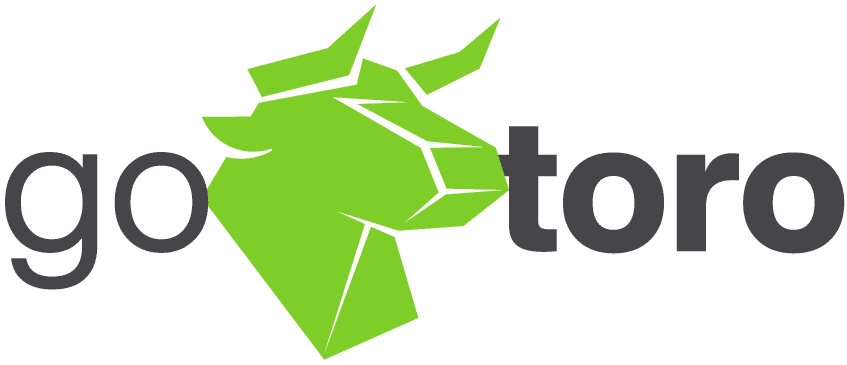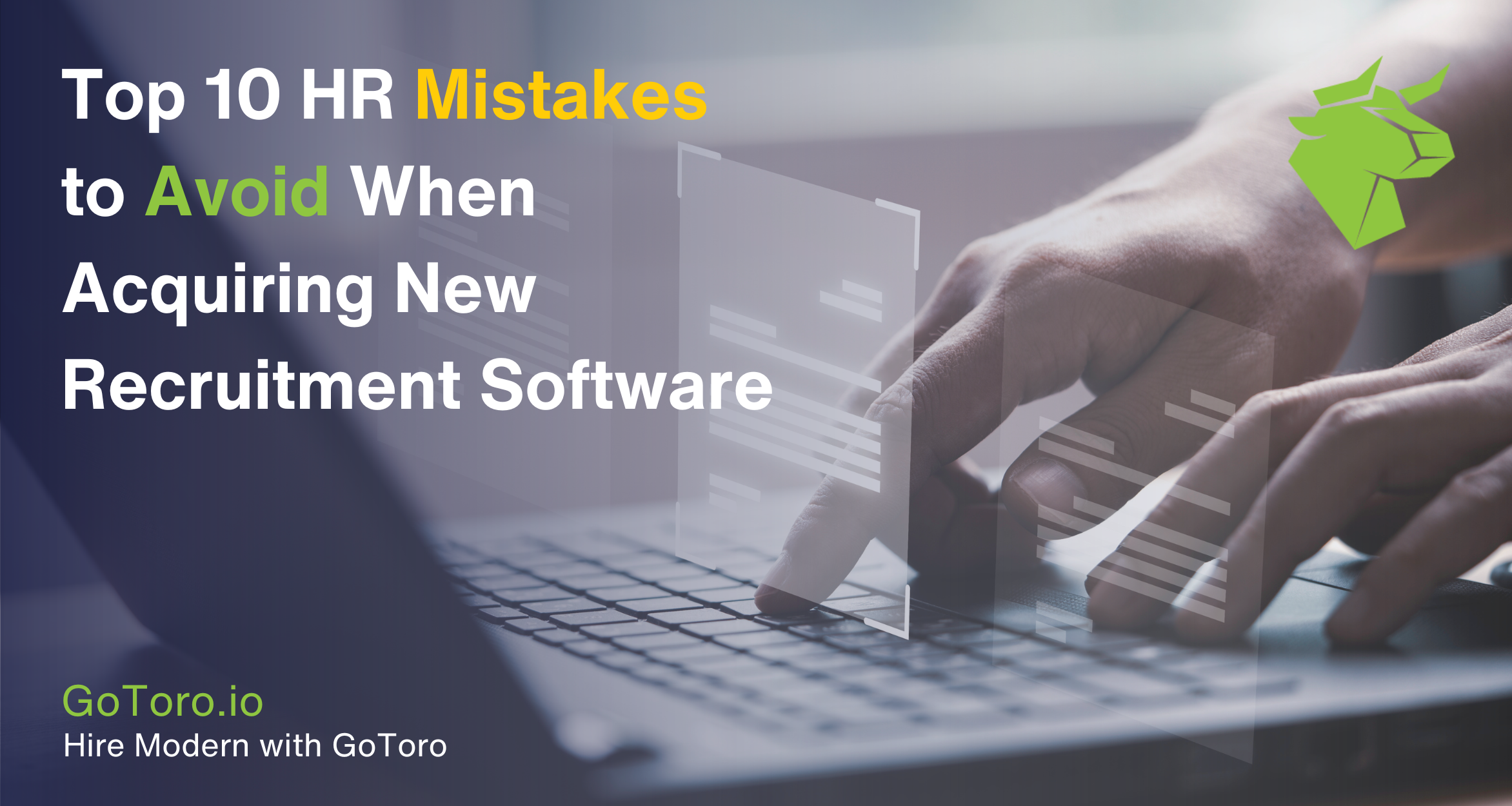The HR tech landscape is not just evolving—it’s booming. With the global human resource technology market projected to reach USD 35 billion by 2028, the choices are vast. But with great choices come great responsibilities. Making the right decision is crucial, not just for the HR department but for the entire organization. Let’s delve into the ten common mistakes HR leaders should avoid when purchasing new recruitment software.
The Ten Mistakes to Sidestep in Purchasing Hiring Software

1.) Ignoring Integration with Existing Systems
When acquiring new recruitment software, it’s crucial to consider how it will integrate with your current HR technology stack. The key is to find a solution that complements and enhances your existing systems, rather than creating disjointed processes.
Evaluate how data flows within your current systems and verify that the new software can seamlessly connect with them. This ensures continuity and efficiency in your recruitment processes, making the transition smoother for all involved.
2.) Compromising on Data Security and Privacy
Data security and privacy are paramount in today’s digital age. Choosing a recruitment software that doesn’t prioritize these can lead to serious data breaches, harming your organization’s reputation and compliance status.
Ensure the software you choose adheres to global data protection regulations and has strong security protocols in place. This not only protects your data but also builds trust among candidates and employees.
3.) Overlooking Key Stakeholders
Excluding key stakeholders from the decision-making process can result in a misalignment between the software’s capabilities and the organization’s needs. Stakeholders such as hiring managers, the IT team, and recruiters bring diverse perspectives that are crucial for a well-rounded decision.
Actively involve these key individuals in the evaluation process. Their insights can guide you in selecting a software solution that truly meets the varied needs of your organization.
4.) Failing to Consider Mobile Optimization
With a significant shift towards mobile usage, it’s essential for your recruitment software to be mobile-friendly. This ensures that you can reach a wider pool of candidates and cater to their preferences.
Mobile-optimized software enhances the candidate experience, making it easier for them to apply for jobs and interact with your organization. This can increase the number and quality of applications you receive.
5.) Neglecting User Experience
The user experience of your recruitment software is critical. An intuitive and user-friendly interface ensures that both your HR team and candidates have a positive interaction with the software.
Choose software that emphasizes ease of use and navigation. This not only speeds up the recruitment process but also minimizes the learning curve for new users, enhancing overall efficiency.
6.) Not Asking the Right Questions
When meeting with software vendors, it’s your opportunity to delve deep into what their product offers. Prepare a comprehensive list of questions that cover all aspects of the software.
These questions should address technical specifications, customer support, integration capabilities, and any other concerns specific to your organization. The answers will help you make a more informed decision.
7.) Overlooking Long-Term Costs and Scalability
While the initial cost of recruitment software is an important factor, it’s also essential to consider long-term expenses and scalability. The software should be able to grow and adapt with your organization.
Look at potential long-term costs, including updates, additional features, and support. This ensures that the software remains a viable tool as your organization evolves.
8.) Underestimating Training and Onboarding Time
Proper training and onboarding are critical for maximizing the benefits of new recruitment software. Underestimating the time and effort required for this can lead to underutilization and resistance among users.
Ensure that the vendor offers comprehensive training and support. This will facilitate a smoother transition to the new system and help your team leverage its full potential.
9.) Falling for Gimmicks Over Substance
It’s easy to be swayed by attractive features and gimmicks. However, the focus should always be on the functionality and relevance of the software to your organization’s specific needs.
Evaluate software based on how well its features align with your recruitment goals and processes. Substance over style will ensure you choose a solution that genuinely enhances your recruitment efforts.
10.) Not Reviewing Customer Testimonials and Case Studies
Customer testimonials success stories, and case studies are valuable sources of insight. They provide real-world evidence of how the software performs and its impact on other organizations.
Review this feedback carefully. It can reveal strengths and weaknesses you might not have considered, helping you make a more informed choice about the recruitment software that’s right for your organization.
Benefits of Recruitment Software

In today’s dynamic job market, leveraging the best recruitment software is not just a luxury but a necessity for efficient talent acquisition. The benefits of recruitment software are manifold, streamlining the hiring process and offering advantages that traditional methods can’t match. Let’s explore why integrating the best recruitment software into your HR strategy can be a game-changer for your organization.
Enhanced Efficiency and Time Savings
One of the primary benefits of recruitment software is its ability to significantly reduce the time spent on manual tasks. From automating job postings to managing candidate databases, the best recruitment software handles repetitive tasks, freeing up your HR team to focus on more strategic aspects of hiring.
Improved Candidate Quality:
Advanced recruitment software helps you tap into a wider talent pool and uses intelligent algorithms to match the right candidates to the right roles. This precision not only improves the quality of your hires but also ensures a better fit for your organizational culture.
Streamlined Communication:
Keeping candidates engaged and informed is crucial. The best recruitment software comes equipped with communication tools that allow for seamless interaction with candidates, ensuring a positive candidate experience.
Data-Driven Decision Making:
Armed with analytics and reporting features, modern recruitment software provides valuable insights into your hiring process. This data-driven approach allows for continuous improvement and informed decision-making.
Compliance and Record Keeping:
Navigating the complex web of recruitment-related compliance can be challenging. Recruitment software ensures that your hiring practices comply with relevant laws and regulations, while also maintaining accurate records for auditing purposes.
Enhanced Employer Branding:
The best recruitment software enables you to create a consistent and positive brand image. From branded job postings to candidate communication, every interaction is an opportunity to reinforce your employer brand.
Scalability and Flexibility:
As your organization grows, your recruitment needs will evolve. The best recruitment software is scalable, adapting to your changing requirements without compromising on performance or user experience.
Cost-Effectiveness:
By optimizing the recruitment process, the best recruitment software reduces the cost per hire. This efficiency not only saves money but also ensures a higher return on investment.
Choosing the right hiring software is a significant decision with long-term implications. By being vigilant and avoiding these ten common pitfalls, HR leaders can ensure they select a solution that aligns with their organization’s needs, offers robust functionality, and delivers lasting value. As the recruitment landscape continues to transform, Gotoro’s programmatic job advertising technology remains at the forefront, offering businesses cutting-edge solutions tailored to their unique needs. Discover the future of recruitment with Gotoro – request a demo today.


